It’s one of the holy grails of baby sleep; the long nap.
Not only does it give us parents a much needed break, but long, or sometimes called “restorative” naps, are healthy for your baby, and very much needed, too.
However, helping naps lengthen from the dreaded 30-45 minute “cat nap”, to one over an hour long, can feel impossible.
I remember feeling like a failure with my first child, because I couldn’t get her to nap longer than 37 minutes. I had friends that would say they WOKE their baby UP because the nap was too long.
Talk about feeling frustrated! (And annoyed, and confused, and a whole bunch of other negative emotions.)
If you’re feeling like I was, or are looking for tips on helping your baby nap better-I’m here to help!
Short naps
Part of my frustration all those years ago, was partly due to not understanding what the heck was going on.
Why was my child waking after only thirty-seven minutes?
Why would she fall back to sleep if I quickly went into her room when I heard her stir and patted her back?
Why would she only sleep for another ten minutes once I snuck out ?
AND WAS WHY MY FLOOR SO CREAKY?! IYKYK. 😉
In The Beginning…
Here is what I know now, that I didn’t know then…
When your child is first born, their sleep system is immature.
Although they’re born with the leftover sleep hormone, melatonin, it leaves their system shortly after.
Additionally, their circadian rhythms, which regulate body functions, including sleep, are also underdeveloped.
This leads to about sixteen weeks of unpredictable and constantly changing sleep patterns. And although once asleep, their sleep will move between deep and active patterns, formal sleep cycles have not yet evolved.
During this time, you’re at the mercy of whatever nature gave you.
I lucked out with my first child as a newborn, but child number two and three were very difficult.
Four Month Sleep Regression
As sixteen weeks comes and goes, if you had a pretty good newborn napper, who took long naps, then you may notice a distinct change.
If, however, you had a difficult newborn, then this time may go by with no noticeable changes.
Either way, around four months from estimated due date, sleep cycles begin to develop, with sleep patterns now moving between NREM (non-rapid eye movement) and REM (rapid eye movement) sleep. One cycle is around 45 minutes, depending on the child.
(This is why my daughter would wake up around 37 minutes).
Here’s an important fact to know…
Once these cycles develop; how a baby falls asleep, is now how they expect to re-enter another sleep cycle again.
Perhaps your newborn, or two month old could fall asleep with a pacifier, and then have it drop out and keep sleeping. But after four months of age, they will likely wake up and cry for it to be reinserted.
This is what is referred to as the four month sleep regression. Although it’s not a regression, but a biological development or progression, it can feel like sleep has gone backwards at this time.
The first 5-10 minutes as your baby is falling asleep is an important and sensitive time. Any external help that occurs as they’re drifting off such as feeding or motion, will be expected to be repeated as your child exits one sleep cycle and tries to enter into another one.
What Makes a Good Nap
If you’re looking to extend your child’s nap, it’s important to know what’s realistic, before attempting to lengthen it.
What are we aiming for? What’s the goal?
There are three key components to a good nap.
1) At Least An Hour
After four months of age, we are aiming for the first two naps (of a 3 nap schedule) to be at least an hour in length.
This means that the child has transitioned from one sleep cycle to another successfully. If they are able to complete two cycles, then we know they are well on their way to having consolidated and restorative naps.
This would NOT apply to the third nap of the day as this one is generally just one sleep cycle. It’s often referred to as a “cat nap”.
2) Solid, Without Crying
The next goal, is to have our children nap at least an hour, without any crying throughout the nap.
With this achievement, they were able to connect two sleep cycles together, without a big interruption.
They didn’t need us to intervene or help them get back to sleep.
3) Waking Happy
Finally, we want to work towards having our children wake up happy and refreshed. This indicates their nap was long enough to easily sustain them until the next sleep period.
If your baby isn’t content, and especially if their nap was under an hour, you may want to give them some time to see if they can return back to sleep.
Eventually, as we work on a baby’s sleep schedule and independent sleep, they will fall asleep and wake up happy, too.
How to Get Long Naps
Once you know what you’re aiming for, you can start to put the pieces into place.
Again, there are three main areas that work together to help your child have long naps. Without one component, the nap will be unlikely to fully extend to its natural length.
1) Begin with a well-timed, age-appropriate schedule.
If sleep were a house, the schedule would be the foundation. Everything is built from the routine and schedule.
If a child is kept awake too long, stress hormones begin to be released into the bloodstream, making falling asleep harder.
When it comes time to move into another sleep cycle, overtired children will have a very difficult time transitioning. They may wake up crying and require a lot of soothing to try and get back to sleep.
Therefore, I do NOT recommend using wake times for naps as they usually don’t align with biological sleep processes that develop after four months of age.
Instead, I recommend watching and learning your child’s subtle sleep cues that will begin to regularly occur twice a day for the morning and afternoon naps.
These nap times become quite stable and only may slightly adjust each day, rather than increasingly getting larger by the child’s age.
2) Add in the right sleep environment.
Children sleep best in a dark, comfortably cool, room.
Cutting down on visual distractions, helps your child’s body to prepare for sleep and settle quickly.
Aim for any windows in your child’s room to be covered so that light isn’t seeping in through the sides.
You can purchase many fantastic room darkening shades, but garbage bags, second hand sheets, and tinfoil work, too.
3) Work towards independent sleep.
We know that after four months of age, how a child falls asleep, is how they expect to return to sleep. If there are any measures being taken to “help” your child fall asleep, these sleep associations will usually need to be repeated again throughout the nap or night.
For example; if your child is rocked to sleep, then around the forty five minute sleep cycle transition point, they may fully wake up, looking to be rocked back to sleep.
Therefore, in order to achieve long naps, sleep associations need to be weaned off with the help of a sleep training method.
Keep in mind that sleep training will not help with short naps that are due to schedule issues or sleep debts. It will only assist if the nap is short due to a sleep association.
Long Naps
If you’re hoping to have your child take long naps, I want to reassure you that it IS possible.
Having had a short napper myself though, I know how frustrating it can feel for someone to tell you that.
I want to validate whatever you’re experiencing right now. Sleep deprivation is hard on our kids, but it’s also hard on us as the parents, too.
If you’re choosing to work on your child’s naps, with the right schedule, routine, environment, you can expect to see some progress (not perfection) within a week.
Full nap consolidation may be closer to 2-3 weeks overall though.
Consistency is key, so if you have travel lined up, visitors staying at your house, or any routine changes, the timeline may be increased.
However, if this feels overwhelming, or if you’re too tired to try to sort this out yourself, I am here for you!
You can book your consultation here.




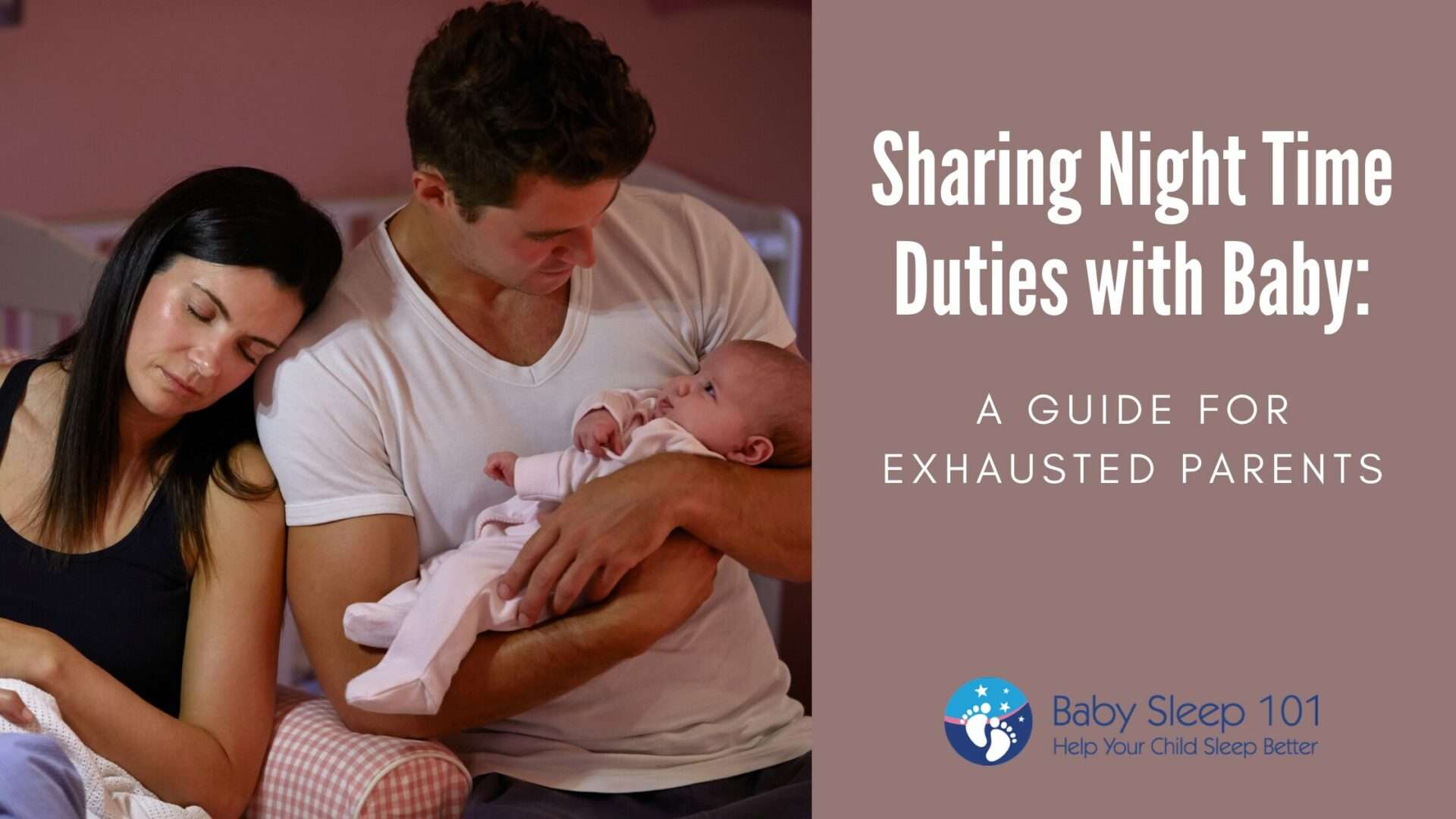

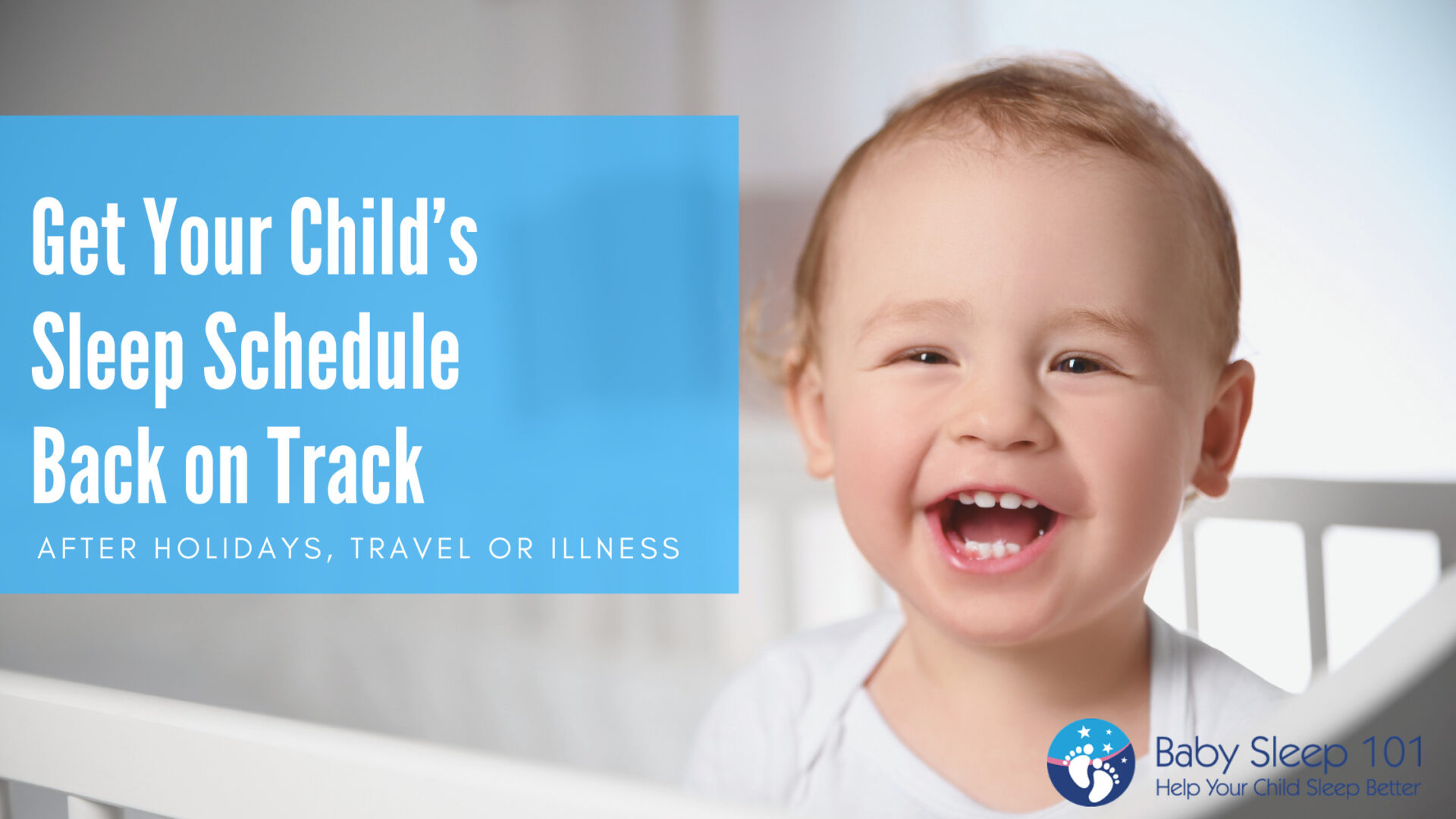

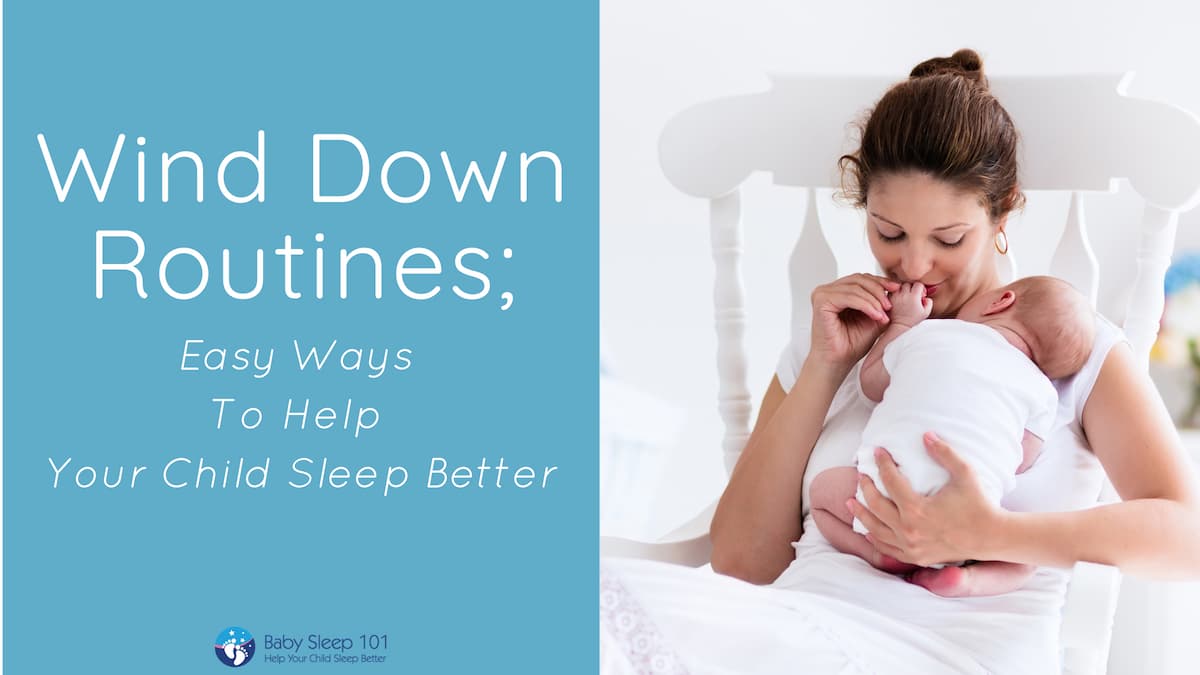

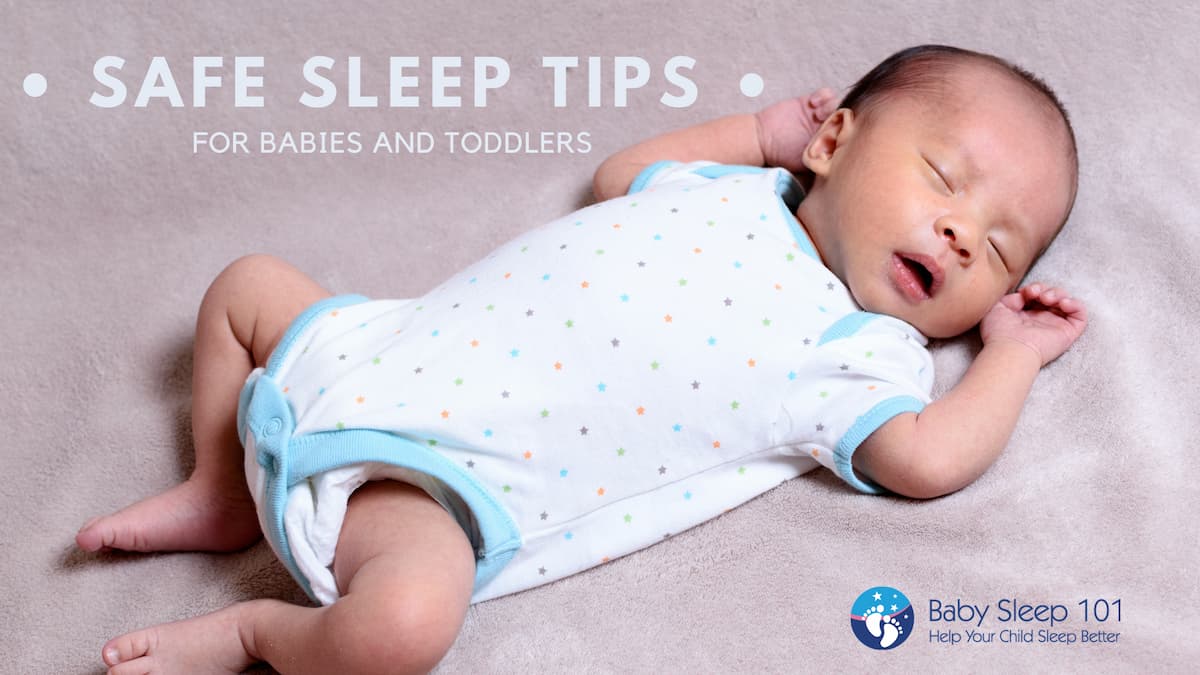



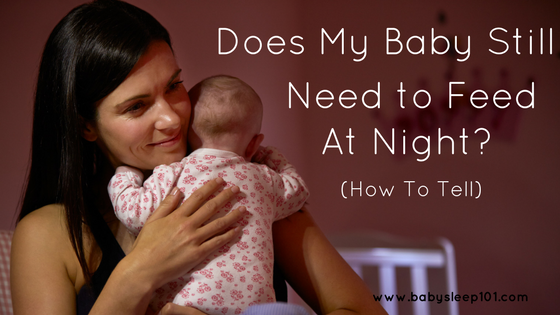
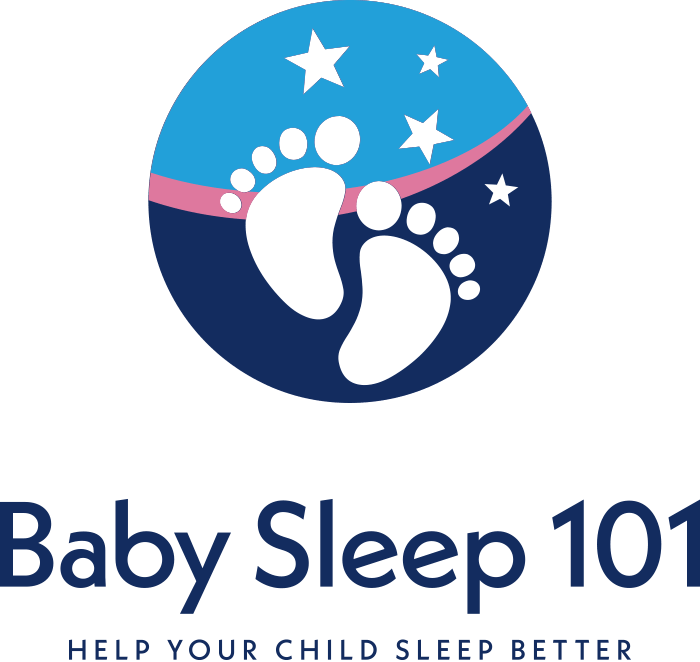
Leave A Comment